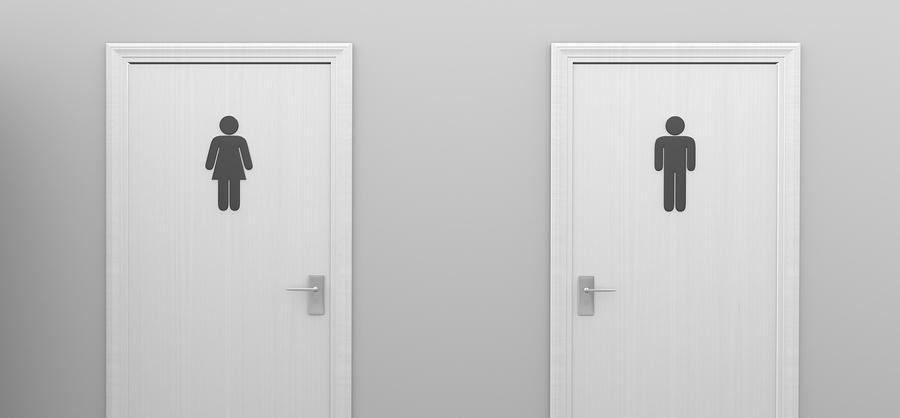You recognize the telltale signs. You feel like you have to go to the bathroom every 10 minutes, but when you do, nothing really comes out. When you do pee, there's a burning, stinging sensation — ouch! You know something's not quite right, but do you have a bladder infection, urinary tract infection (UTI), or something else? Here's what you need to know.
Bladder Infections 101
You may hear the terms "bladder infection" and "UTI" used interchangeably. That's because an UTI is an infection that occurs in any part of the urinary tract — your urethra, ureters, kidneys, or bladder — and bladder infections are the most common type of UTI, according to the National Institute of Diabetes and Digestive and Kidney Diseases. Bladder infections are also sometimes called cystitis.
Bacteria that enter into the urinary tract is normally flushed out of your system when you urinate. However, an infection takes root when the bacteria decides to stick around and multiply. If you have trouble emptying your bladder completely or frequently hold your pee, the urine that remains in your bladder can create ripe conditions for bacteria to grow. Additionally, if your immune system is weak, you may have trouble fighting off an impending infection.
The Risk Factors for a Bladder Infection
Women are more at risk for an infection, especially those who are sexually active, have gone through menopause, or use certain birth control methods, such as a diaphragm. It's estimated that 40-60 percent of women will develop a UTI in their lifetime, and one in four will have a repeat infection. Pregnant women are also at risk because the growing fetus can sometimes make it difficult to fully empty the bladder.
Afflictions like kidney stones or an enlarged prostate can block or hinder the flow of urine out of the body, making you susceptible to an infection. Also, if you have diabetes, you're also more likely to develop an infection.
Signs of a Bladder Infection
According to the New York Times Health Guide, telltale symptoms of a bladder infection include:
- A burning sensation when you urinate
- A frequent and intense need to pee
- Cloudy, dark, or foul-smelling urine
- A dull ache or pressure in the lower abdomen
If you experience any of these symptoms, it's a good idea to consult your doctor right away, especially if you're pregnant. Left unchecked, an infection can travel upstream to your kidneys, where it can become a more serious problem. Chills, nausea, fever, or pain in your side or back can be signs of a kidney infection.
Treatment Options
Your doctor will be able to confirm if your symptoms are being caused by an infection or something else, usually with a urine test. They'll prescribe the best course of treatment — typically antibiotics based on the bacteria causing your infection. If your doctor does prescribe medication, be sure to finish the whole course, even if your symptoms get better.
Also, be sure to drink plenty of water and go to the bathroom regularly. This will help to flush out the bacteria in your system. To reduce the risk of bacteria entering your urinary tract, remember to wipe front to back after using the bathroom, and pee before and after having sex. As for cranberry juice? There's no conclusive evidence that it can help reduce the risk of getting or clearing up an infection.
While bladder infections can be a nuisance, they can be treated easily when addressed promptly. See your doctor for a diagnosis and the best plan for action.




